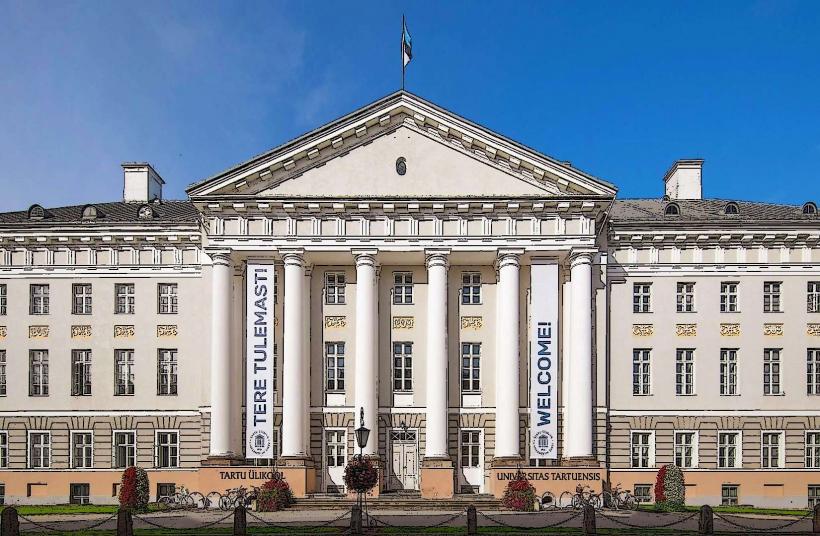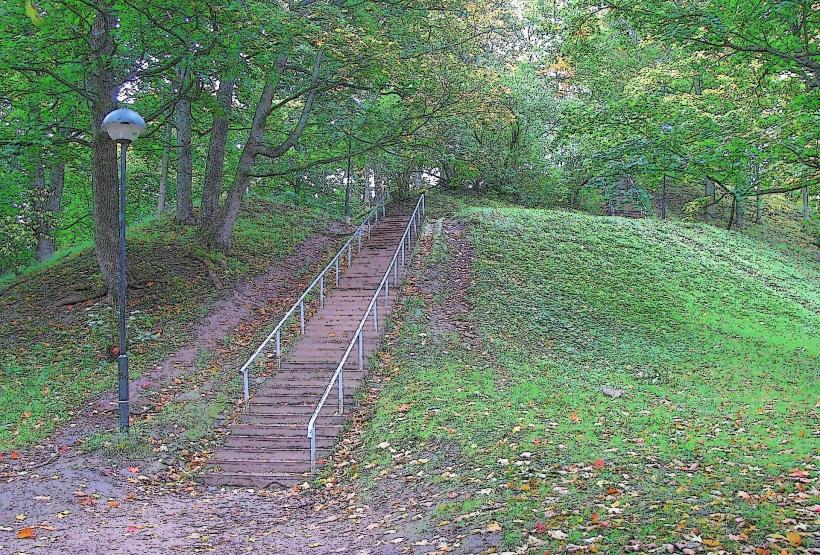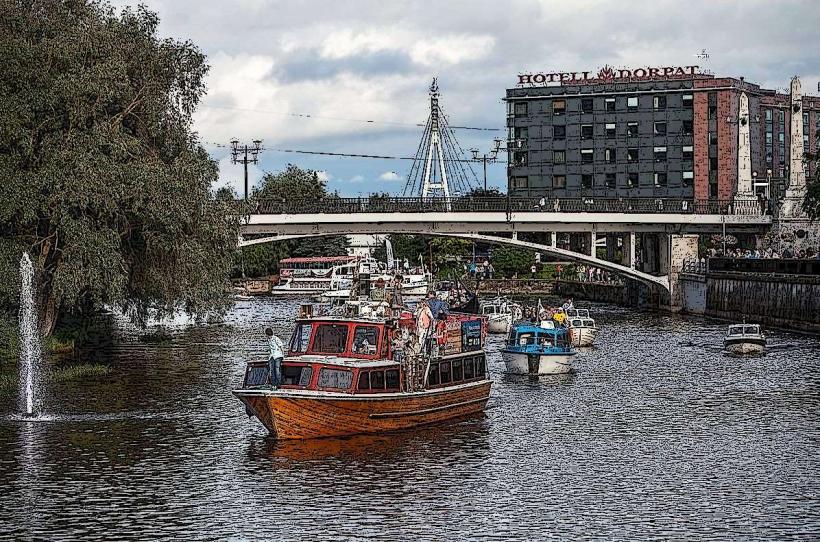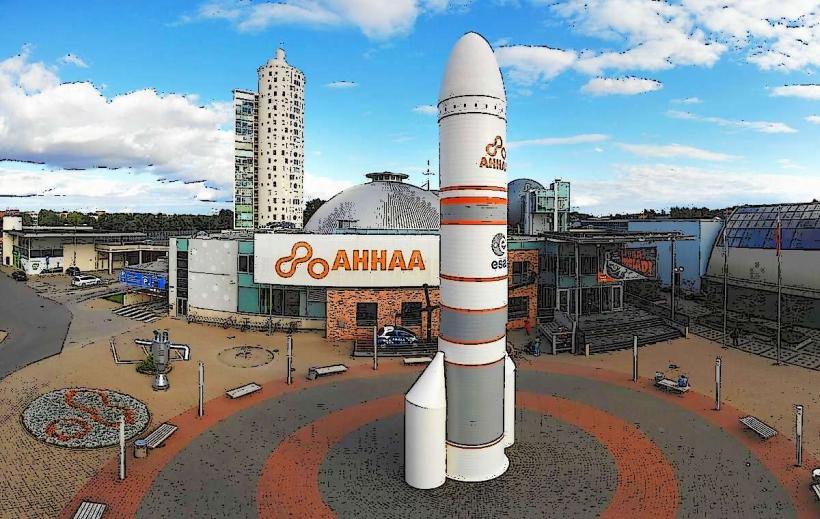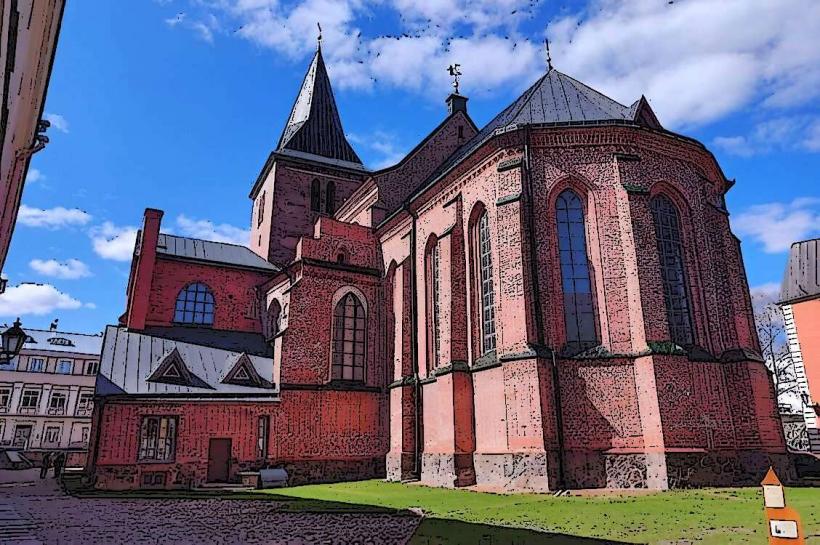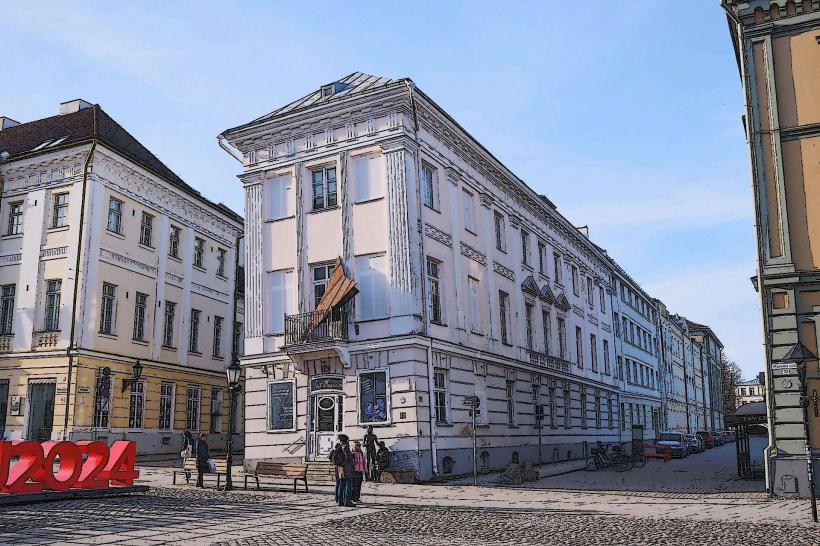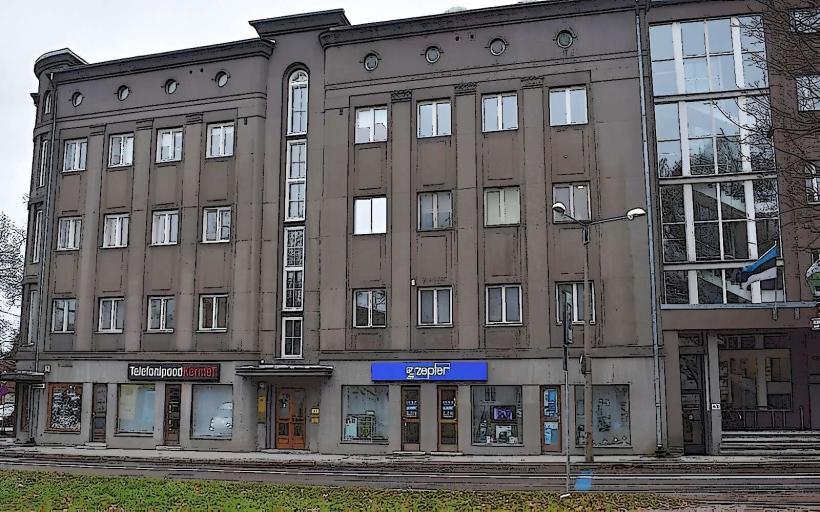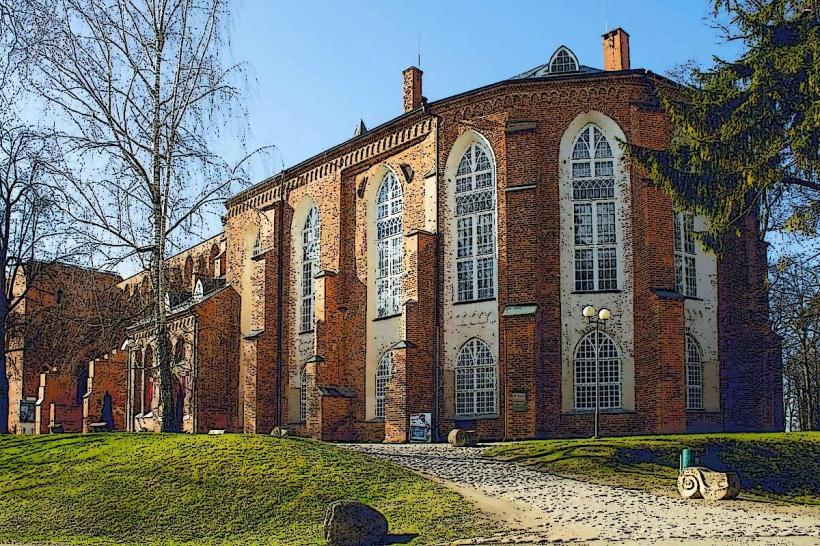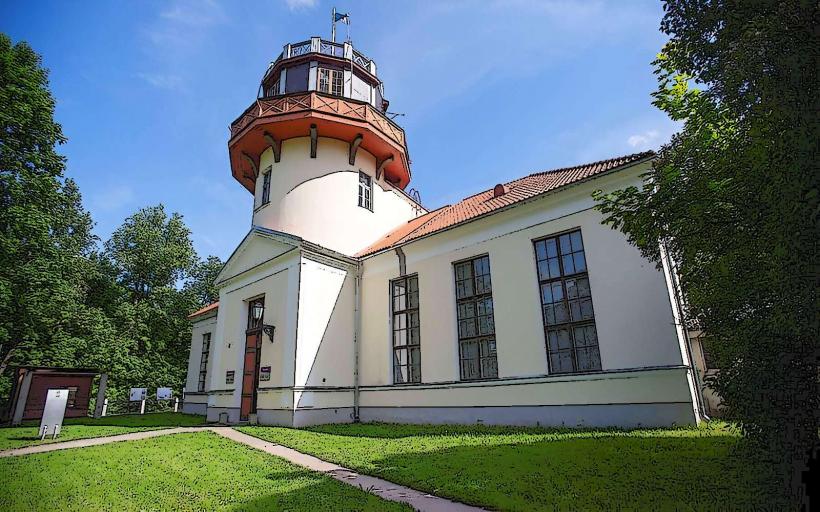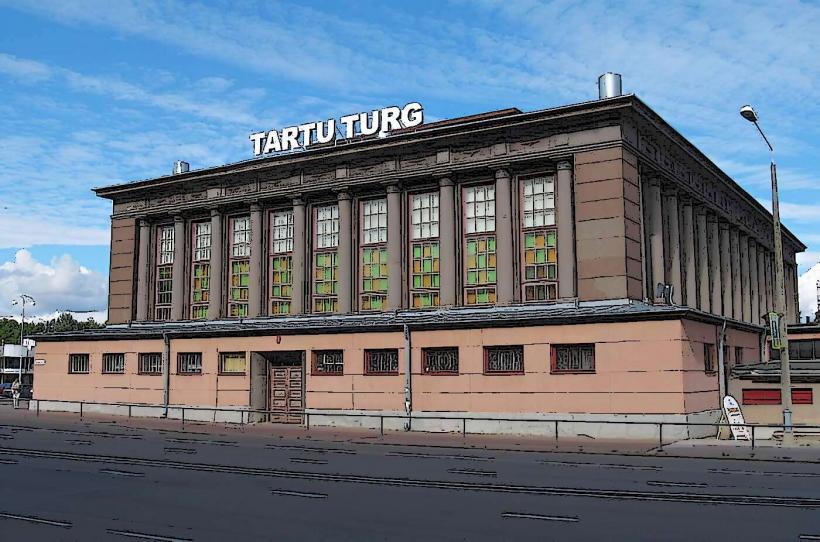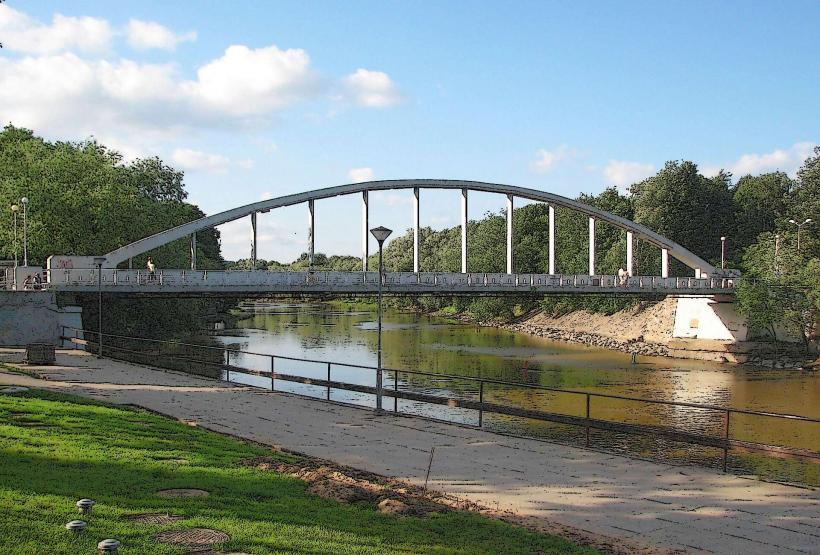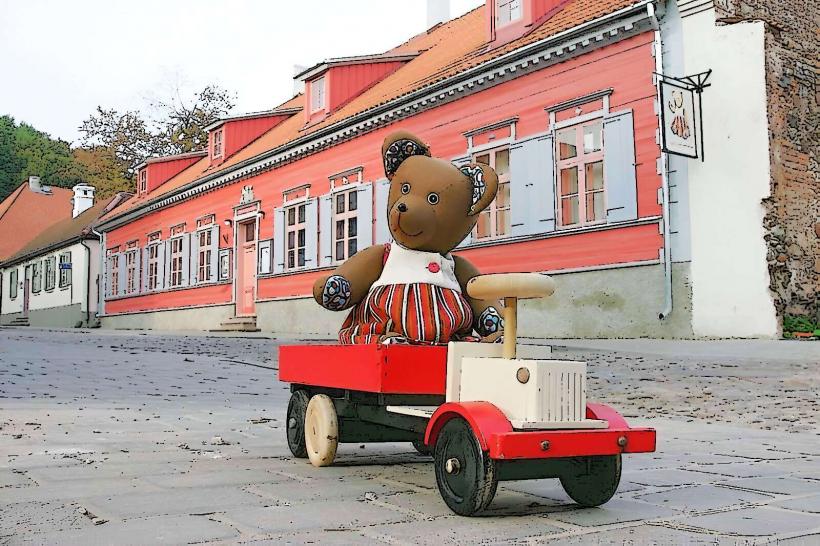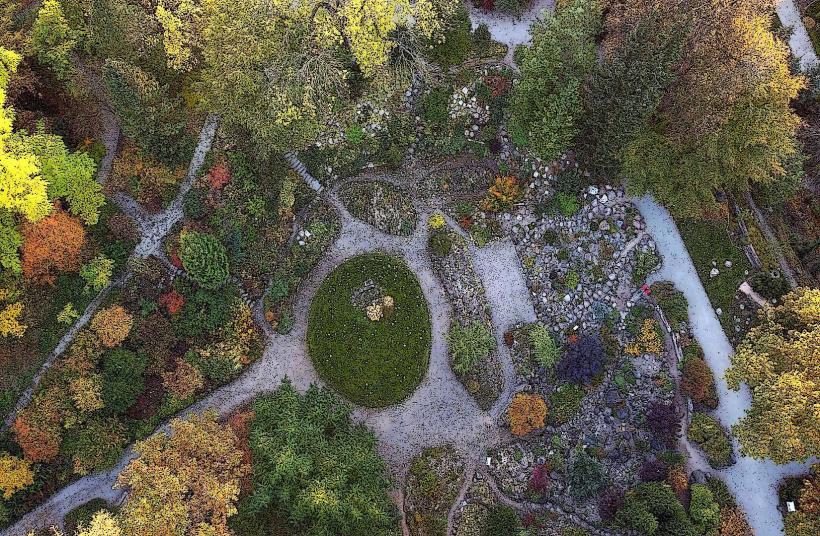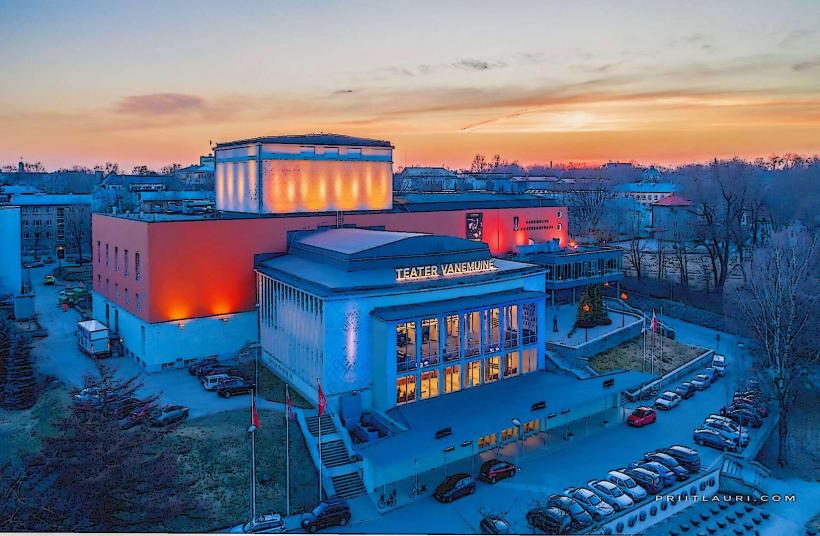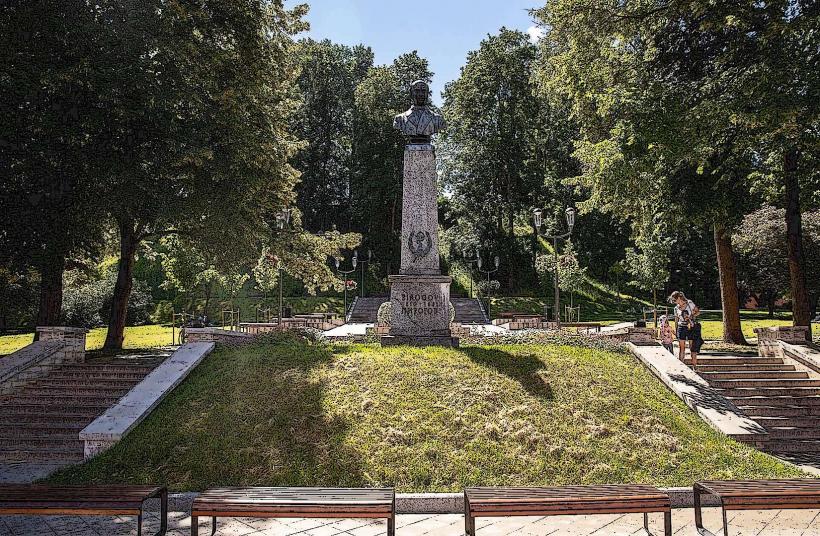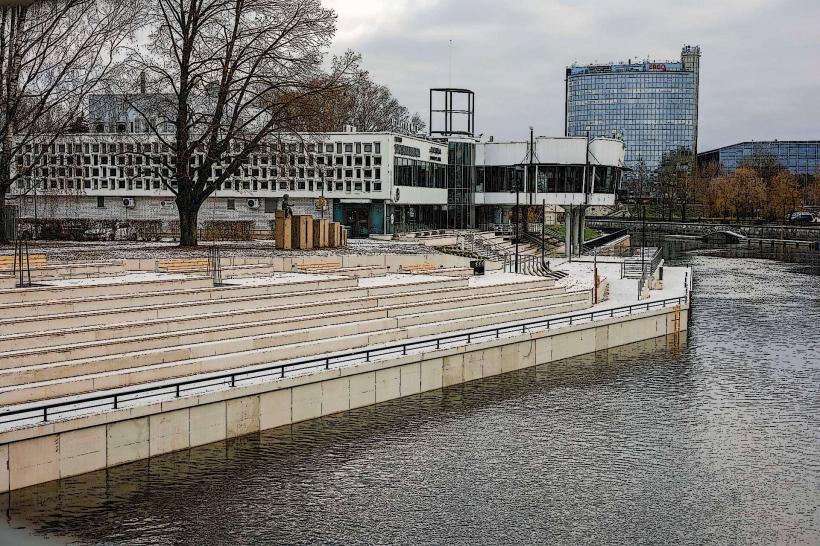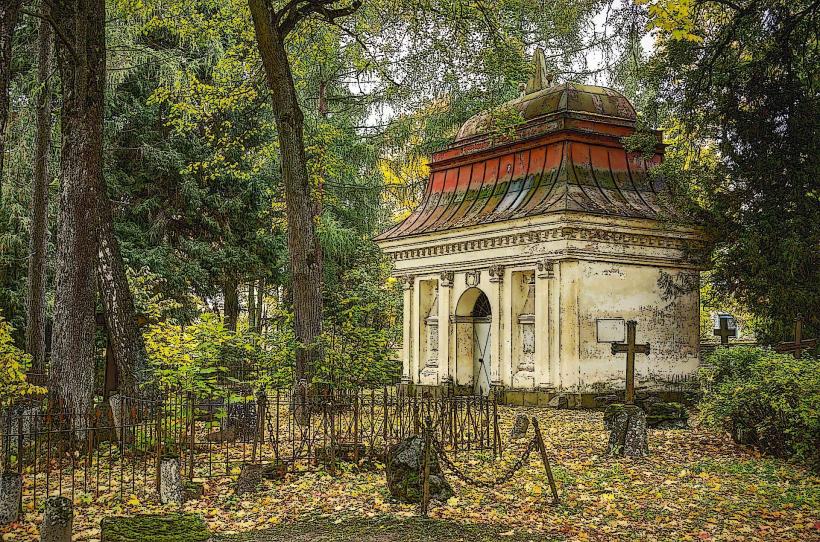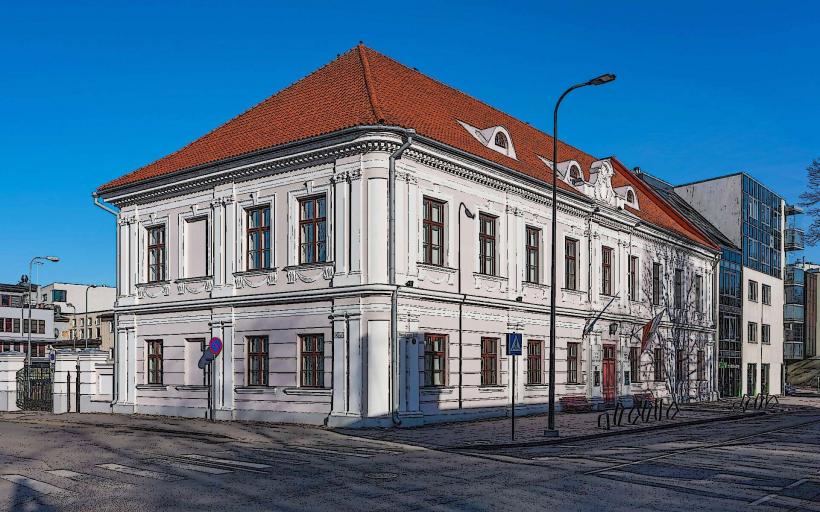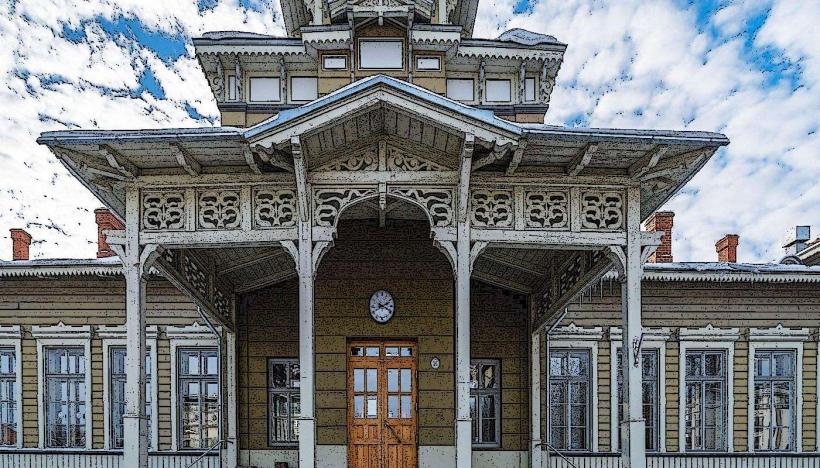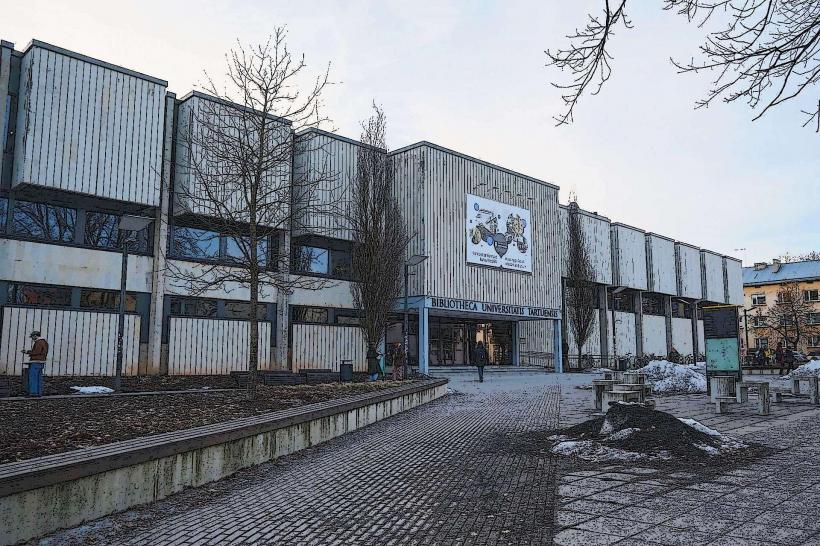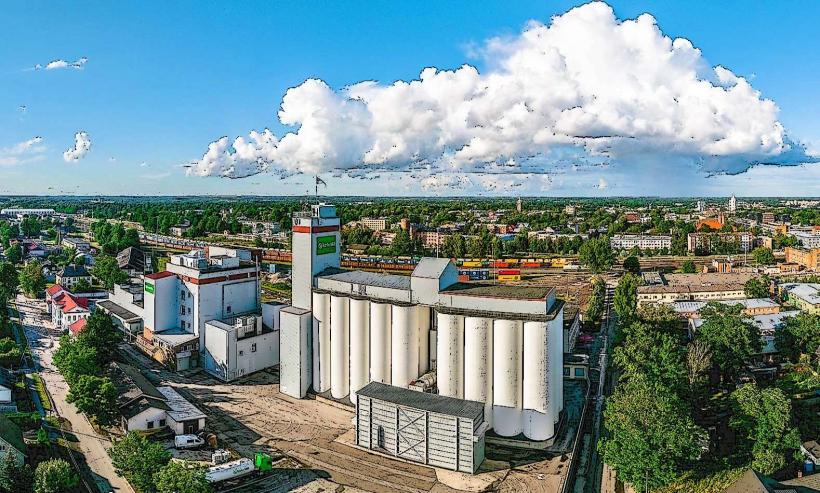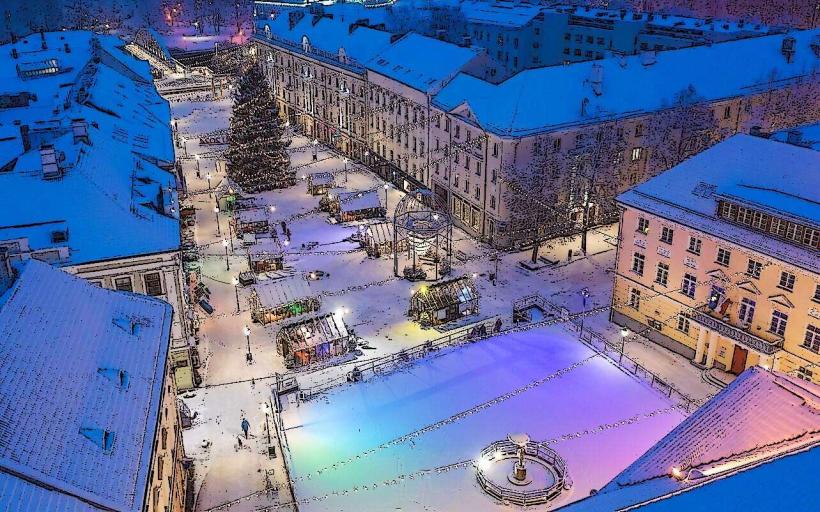Information
Landmark: Tartu CathedralCity: Tartu
Country: Estonia
Continent: Europe
Tartu Cathedral (Tartu Toomkirik), located on Toomemägi Hill in Tartu, Estonia, is one of the most significant historical and architectural landmarks in the city. The cathedral, which dates back to the medieval period, is an iconic symbol of Tartu's religious, cultural, and architectural heritage.
History and Construction
The construction of Tartu Cathedral began in the early 13th century, around 1240, under the rule of the Danish King Valdemar II. It was built as a Roman Catholic cathedral and was part of the spread of Christianity in the region during the Northern Crusades. The cathedral was originally constructed in the Gothic style, characterized by pointed arches, ribbed vaults, and flying buttresses, although parts of it were later influenced by the architectural styles of the period.
Tartu, then known as Dorpat, was a significant city in the medieval Duchy of Livonia, and the cathedral served as the seat of the Bishop of Dorpat. It was an important religious center for the region and was involved in various religious, cultural, and intellectual activities during the medieval era.
Over the centuries, the cathedral suffered damage from multiple wars and natural disasters. Notably, in the early 17th century, during the time of the Swedish Empire, the cathedral was severely damaged by fire, and much of its interior was destroyed. Despite attempts to rebuild it, the cathedral was never fully restored to its original grandeur.
Architecture
The cathedral is built in the Gothic architectural style, but over time, it has undergone various modifications, especially after the fires and wars that damaged it. Some parts of the cathedral were rebuilt in Baroque and other styles, giving the structure a unique blend of architectural influences.
Key features of Tartu Cathedral’s architecture include:
The Nave and Aisles: The cathedral has a spacious nave with side aisles, typical of Gothic cathedrals. The design of the nave allows for a grand and open interior space, although much of the original Gothic detailing was lost in later rebuilding efforts.
The Ruins: A large portion of the cathedral, particularly its eastern part, is in ruins today. This includes the chancel and the apse, which were destroyed by fire in the 17th century and left without full reconstruction.
The Tower: The cathedral’s tower is one of its most striking features. It was originally built in the early Gothic style and stands tall over the city, providing a panoramic view of Tartu. The tower was also damaged in the 17th century and later reconstructed, though it is not as high as it once was.
The Tombs: Tartu Cathedral contains the tombs of several significant figures, including bishops, local nobility, and clergy. Many of these tombs are in the lower level of the cathedral, which is partially underground.
The Organ and Interior Elements: The cathedral originally had a grand altar and various religious decorations, many of which were destroyed in the fires. Today, the cathedral features a more modest interior with an organ and a few remaining elements of the original Gothic design.
Modern Day
Today, Tartu Cathedral is no longer an active place of worship. After Estonia became a Protestant country in the 16th century, the cathedral was converted into a Lutheran church. It remains a significant historical and cultural monument, attracting visitors from around the world. The cathedral is often used for concerts, exhibitions, and cultural events, particularly due to its acoustics and historical atmosphere.
Tartu Cathedral Hill (Toomemägi)
The cathedral is situated on Toomemägi Hill, one of the oldest and most prominent locations in Tartu. The hill has been a center of religious activity for over a thousand years, and it was the site of ancient pagan rituals before the establishment of Christianity. The area surrounding the cathedral is home to several important historical landmarks, including the Tartu University Old Observatory, the Ruins of the Bishop's Castle, and other statues and memorials.
Toomemägi Hill offers stunning views of Tartu and is a popular spot for both locals and tourists. The picturesque ruins of the cathedral, combined with the scenic surroundings, make it a perfect place for walking and reflecting on Tartu's rich history.
Significance
Tartu Cathedral is a testament to the city’s historical importance as a religious and intellectual center in the medieval Baltic region. Its ruins stand as a symbol of the tumultuous history of Tartu and Estonia, including the many wars and conflicts that shaped the region over the centuries. Today, the cathedral’s combination of history, architecture, and natural beauty continues to attract visitors, scholars, and history enthusiasts.
Conclusion
Tartu Cathedral is an iconic historical site in Estonia, with its medieval origins, Gothic architecture, and role in the region's religious history. Despite the ravages of time and war, the cathedral remains an important cultural landmark, symbolizing Tartu’s deep historical roots and its connection to the broader history of the Baltic region.

